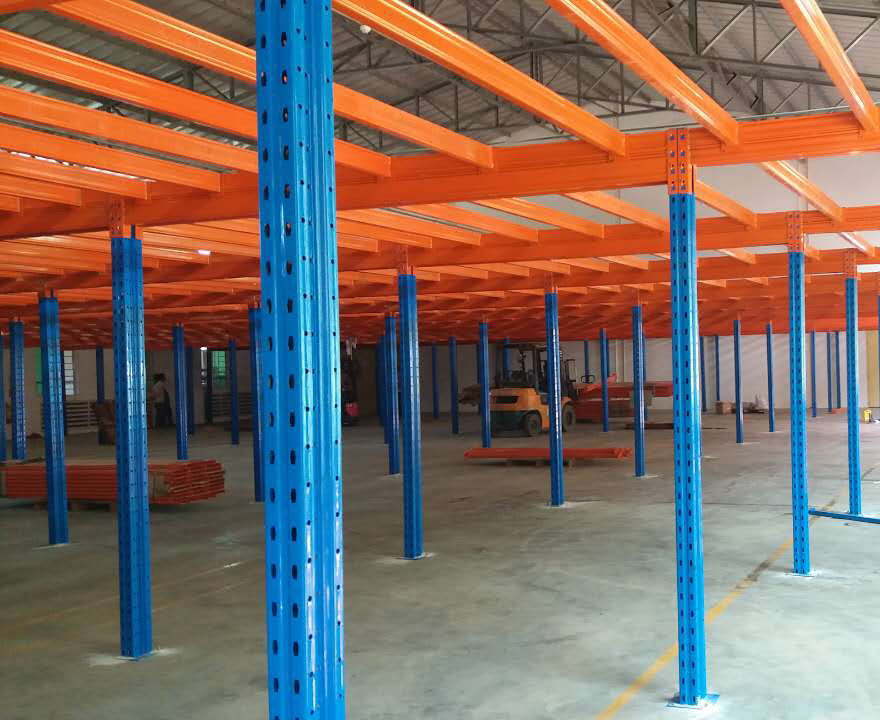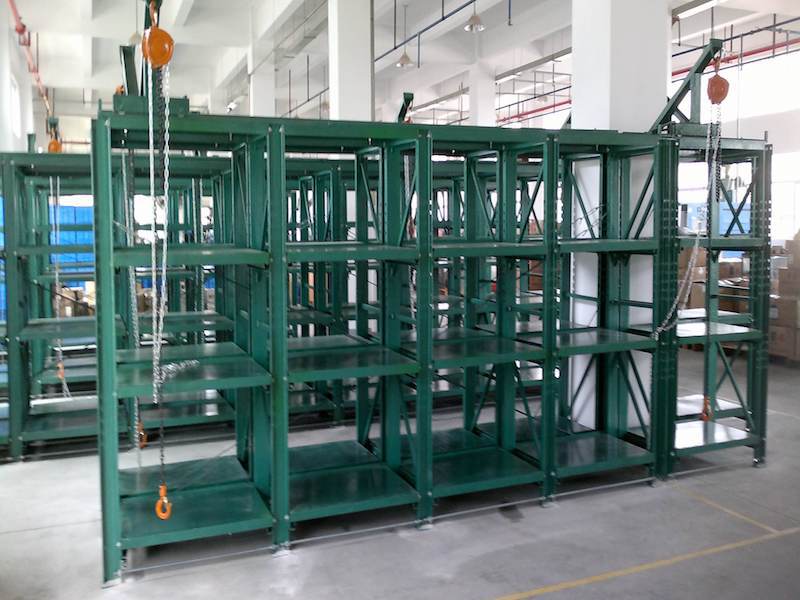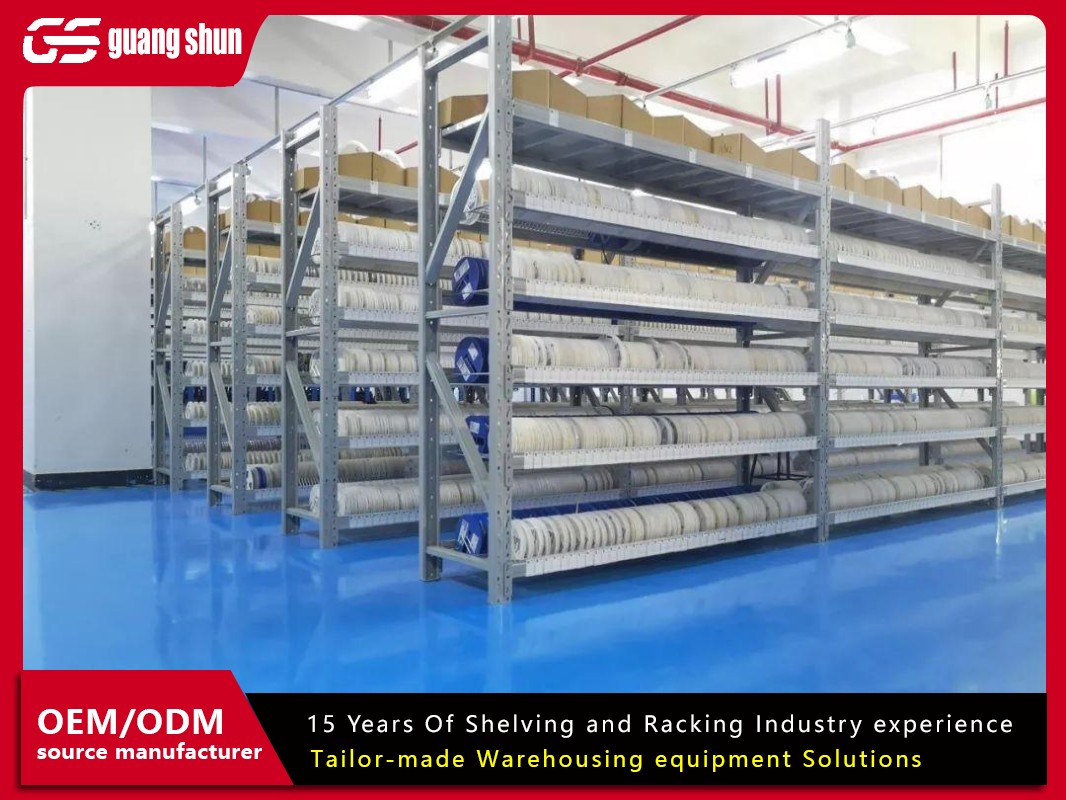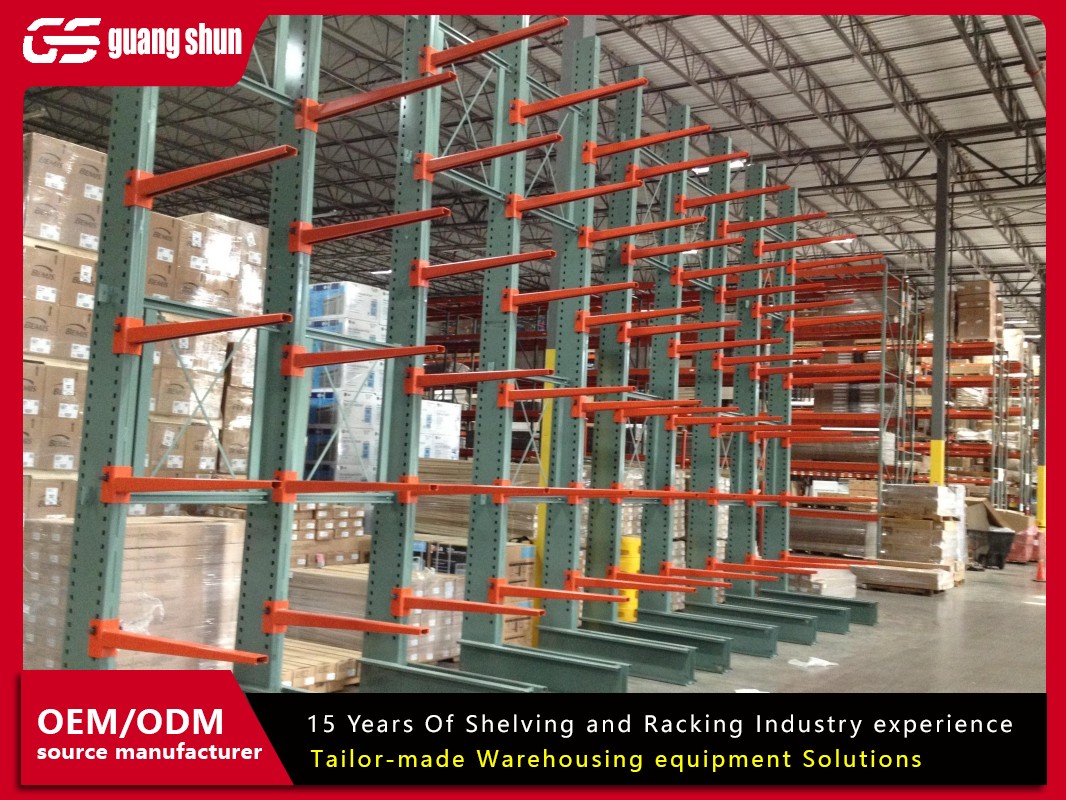In today's fast-paced industrial landscape, efficient storage and logistics are critical for business success. One term that frequently emerges in discussions about optimized warehousing is the rack warehouse. This concept represents a specialized approach to storage that leverages racking systems to maximize space, improve accessibility, and streamline operations. Whether you're in manufacturing, retail, or e-commerce, understanding the rack warehouse can transform how you manage inventory and reduce costs. This article delves into the intricacies of the rack warehouse, exploring its core components, benefits, and practical applications. By the end, you'll have a clear picture of why the rack warehouse is a game-changer for businesses aiming to scale efficiently.

What is The Rack Warehouse?
The rack warehouse refers to a storage facility that utilizes various types of racking systems to organize and store goods in a structured manner. Unlike traditional warehouses that might rely on floor stacking or simple shelving, the rack warehouse is designed with vertical space in mind, allowing for high-density storage. This approach not only saves floor space but also enhances inventory management through systematic arrangement. Typically, the rack warehouse incorporates elements like pallet racks, cantilever racks, or drive-in racks, depending on the nature of the stored items. For instance, in industries dealing with heavy materials, the rack warehouse might feature robust steel structures that support weight while enabling easy access via forklifts or automated systems. The evolution of the rack warehouse has been driven by the need for scalability and efficiency in supply chains, making it a cornerstone of modern logistics. By adopting the rack warehouse, businesses can adapt to fluctuating demand without compromising on safety or speed, ultimately leading to improved customer satisfaction and operational resilience.
Key Benefits of Implementing The Rack Warehouse
Implementing the rack warehouse offers numerous advantages that directly impact a company's bottom line. First and foremost, it maximizes storage capacity by utilizing vertical space, which is often underused in conventional setups. This means businesses can store more goods in the same footprint, reducing the need for expensive expansions or additional facilities. Additionally, the rack warehouse improves inventory accessibility, allowing for faster picking and restocking processes. This is particularly beneficial in environments with high turnover rates, such as distribution centers for e-commerce. Another key benefit is enhanced safety; by organizing items on racks, the rack warehouse minimizes the risk of accidents like collapses or obstructions, ensuring a safer workplace for employees. Moreover, the rack warehouse supports better inventory tracking and management through integrated systems like barcode scanners or RFID technology, which can be seamlessly incorporated into the racking infrastructure. This leads to reduced errors and lower labor costs over time. Overall, the rack warehouse fosters a more organized and efficient operation, enabling businesses to respond swiftly to market changes and maintain a competitive edge.
Types of Rack Systems in The Rack Warehouse
The rack warehouse isn't a one-size-fits-all solution; it encompasses a variety of racking systems tailored to different needs. Understanding these types is essential for optimizing your storage strategy. One common system is the selective pallet rack, which allows direct access to each pallet and is ideal for warehouses with diverse product ranges. Then there's the drive-in rack, where forklifts can drive into the structure to store or retrieve items, making it perfect for high-density storage of homogeneous goods. Another option is the cantilever rack, designed for long, bulky items like pipes or lumber, which require arms instead of shelves for support. For environments prioritizing space efficiency, the mobile rack system might be used; this involves racks mounted on carriages that move along tracks, compacting storage when not in use. Lastly, the rack warehouse often includes mezzanine racks, which add intermediate levels to double or triple storage capacity without expanding the building's footprint. Each of these systems can be customized within the rack warehouse to meet specific load requirements, environmental conditions, and workflow patterns, ensuring that businesses get the most out of their investment.
Design and Layout Considerations for The Rack Warehouse
Designing an effective the rack warehouse requires careful planning to balance space, accessibility, and cost. The layout should start with a thorough analysis of inventory flow, including factors like product dimensions, weight, and turnover rates. For instance, high-demand items might be placed in easily accessible zones within the rack warehouse to minimize travel time for workers. Aisles must be wide enough to accommodate equipment like forklifts but narrow enough to maximize storage density; this is where narrow-aisle racking systems can play a role. Additionally, the height of the rack warehouse should align with building regulations and equipment capabilities to avoid inefficiencies. Lighting and ventilation are also crucial for maintaining a safe and productive environment, especially in large-scale implementations of the rack warehouse. It's important to incorporate flexibility into the design, allowing for future expansions or reconfigurations as business needs evolve. Many companies use software tools to simulate layouts before implementation, ensuring that the rack warehouse meets operational goals without unnecessary expenses. By prioritizing these considerations, businesses can create a the rack warehouse that not only stores goods efficiently but also integrates seamlessly with overall supply chain processes.

Technology Integration in The Rack Warehouse
Modern the rack warehouse often leverages advanced technologies to enhance functionality and automation. For example, warehouse management systems (WMS) can be integrated with the rack warehouse to provide real-time data on inventory levels, locations, and movements. This connectivity allows for automated replenishment and reduces the chances of stockouts or overstocking. Robotics and automated guided vehicles (AGVs) are another innovation, enabling hands-free operations in the rack warehouse by transporting items between racks and loading docks. Furthermore, the Internet of Things (IoT) devices can monitor conditions like temperature or humidity within the rack warehouse, which is vital for storing sensitive goods. These technologies not only improve efficiency but also lower labor costs and human error. In highly automated versions of the rack warehouse, systems like vertical lift modules or carousels can retrieve items at the push of a button, speeding up order fulfillment. As businesses embrace Industry 4.0, the rack warehouse is evolving into a smart hub that adapts dynamically to demand, making it a critical component in the future of logistics and supply chain management.
Cost Analysis and ROI of The Rack Warehouse
Investing in the rack warehouse involves upfront costs, but the long-term return on investment (ROI) can be substantial. Initial expenses include the purchase of racking systems, installation, and any necessary building modifications. However, the rack warehouse often leads to savings through reduced real estate needs, as vertical storage minimizes the required floor space. Labor costs can also decrease due to improved efficiency and automation, with studies showing that a well-designed the rack warehouse can cut picking times by up to 30%. Maintenance is generally low for durable rack systems, but it's essential to factor in periodic inspections and upgrades. To calculate ROI, businesses should consider metrics like inventory turnover rates, order accuracy, and space utilization before and after implementing the rack warehouse. Many companies report breaking even within a few years, thanks to increased storage capacity and faster operations. Additionally, the rack warehouse can enhance customer satisfaction by ensuring timely deliveries, which indirectly boosts revenue. By conducting a thorough cost-benefit analysis, organizations can justify the investment in the rack warehouse and plan for scalable growth.
Environmental and Sustainability Aspects of The Rack Warehouse
Sustainability is becoming a key concern in warehousing, and the rack warehouse can contribute positively to environmental goals. By maximizing vertical space, the rack warehouse reduces the need for land use and building expansions, which lowers the carbon footprint associated with construction. Energy efficiency is another aspect; for instance, automated systems in the rack warehouse can optimize lighting and heating based on occupancy, cutting down on waste. Many modern the rack warehouse designs incorporate recycled materials for racking and use energy-efficient equipment, aligning with green building standards. Moreover, the rack warehouse supports better inventory management, which minimizes waste from obsolete or expired products. Some facilities even integrate solar panels on roofs or use rainwater harvesting systems to further enhance sustainability. As regulations tighten and consumer preferences shift toward eco-friendly practices, adopting a the rack warehouse model can help businesses meet these demands while maintaining operational efficiency. This makes the rack warehouse not just a storage solution but a step toward responsible resource management.
Common Challenges and Solutions in The Rack Warehouse
While the rack warehouse offers many benefits, it also presents challenges that need addressing. One common issue is the initial capital investment, which can be high for small businesses. To mitigate this, companies can phase the implementation of the rack warehouse or explore financing options. Another challenge is the complexity of design and installation; working with experienced consultants can ensure that the rack warehouse is tailored to specific needs. Safety risks, such as rack collapses or worker injuries, require regular inspections and training programs within the rack warehouse. Additionally, integrating new technologies with existing systems might pose compatibility issues, but choosing scalable solutions and partnering with reliable vendors can smooth the transition. Lastly, maintaining flexibility in the rack warehouse to handle seasonal peaks or product changes is crucial; modular rack systems and adaptable layouts can provide the necessary agility. By anticipating these challenges and implementing proactive strategies, businesses can maximize the effectiveness of the rack warehouse and avoid common pitfalls.
Future Trends in The Rack Warehouse
The future of the rack warehouse is shaped by technological advancements and evolving market demands. Automation will continue to play a big role, with increased adoption of AI and machine learning to predict inventory needs and optimize rack usage in the rack warehouse. Robotics might become more affordable and widespread, enabling smaller businesses to benefit from automated the rack warehouse systems. Another trend is the rise of the "smart" the rack warehouse, where IoT sensors provide real-time analytics for predictive maintenance and energy management. Sustainability will also drive innovations, such as the use of biodegradable materials in rack construction or solar-powered the rack warehouse facilities. Furthermore, as e-commerce grows, the rack warehouse will need to support faster, more flexible order fulfillment, possibly through micro-fulfillment centers in urban areas. By staying ahead of these trends, businesses can future-proof their operations and ensure that the rack warehouse remains a vital asset in the logistics ecosystem.
In conclusion, the rack warehouse is more than just a storage method; it's a strategic approach that enhances efficiency, safety, and scalability across industries. From its diverse racking systems to its integration with cutting-edge technology, the rack warehouse offers a pathway to optimized operations and sustainable growth. By understanding its components and applications, businesses can harness the full potential of the rack warehouse to stay competitive in a dynamic market.
Frequently Asked Questions (FAQs)
Q1: What is the primary purpose of the rack warehouse?
A1: The primary purpose of the rack warehouse is to optimize storage space by utilizing vertical racking systems, improving inventory management, and enhancing operational efficiency in warehouses.
Q2: How does the rack warehouse differ from traditional warehousing?
A2: Unlike traditional warehousing that often relies on floor stacking, the rack warehouse focuses on high-density vertical storage with specialized rack systems, allowing for better space utilization and faster access to goods.
Q3: What types of businesses benefit most from the rack warehouse?
A3: Businesses in manufacturing, retail, e-commerce, and logistics benefit greatly from the rack warehouse, especially those with high inventory turnover, large product varieties, or space constraints.
Q4: Are there any safety concerns associated with the rack warehouse?
A4: Yes, safety concerns include potential rack collapses or worker injuries, but these can be mitigated through regular inspections, proper training, and adherence to load capacity guidelines in the rack warehouse.
Q5: Can the rack warehouse be integrated with existing warehouse management systems?
A5: Absolutely, the rack warehouse can be seamlessly integrated with warehouse management systems (WMS) and other technologies like RFID or automation tools to enhance tracking and efficiency.







